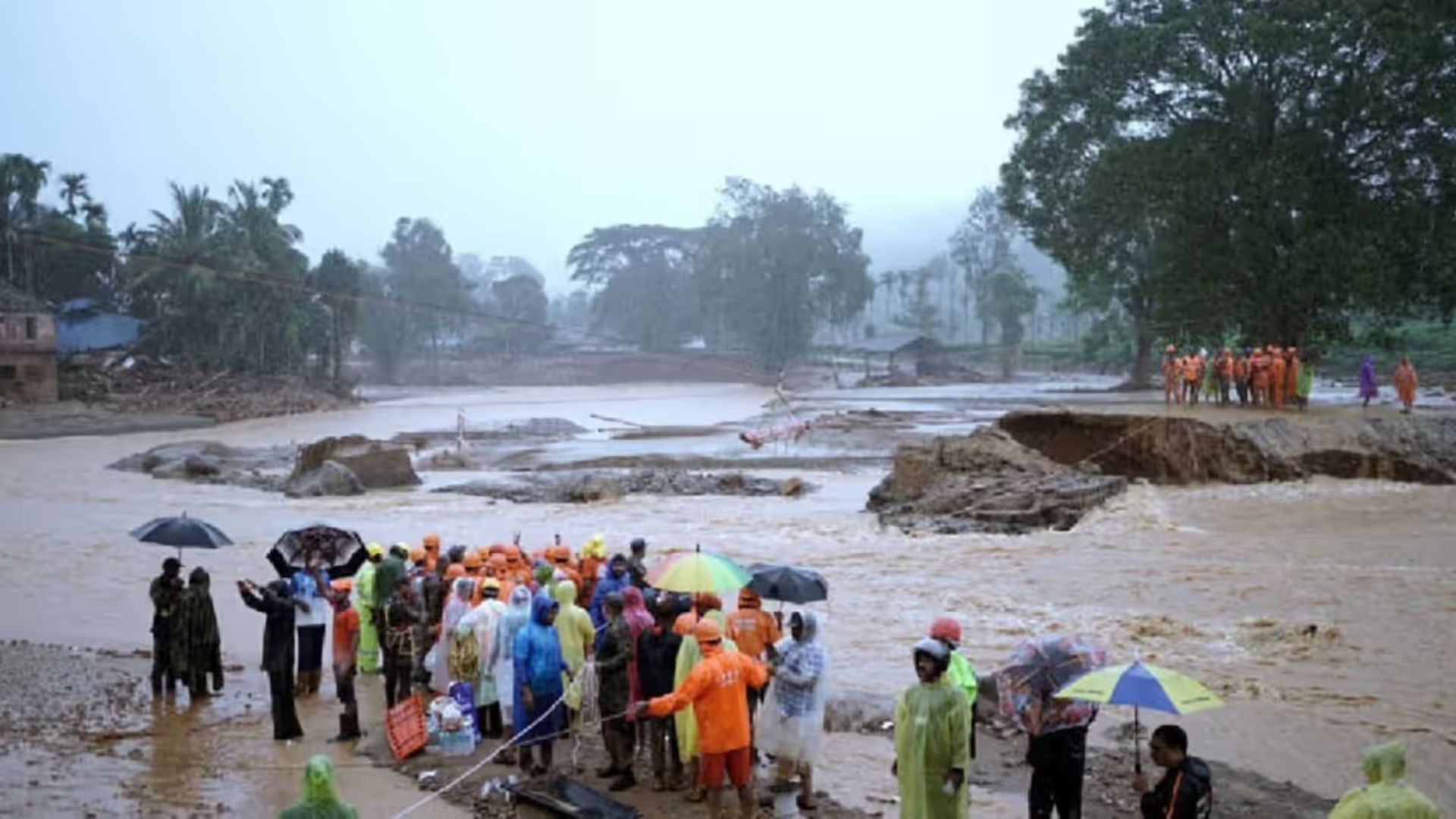A recent study by World Weather Attribution (WWA) reveals that the devastating landslides in Kerala’s Wayanad district, which resulted in hundreds of deaths, were exacerbated by human-induced climate change. The study indicates that the intense rainfall on July 30, which triggered the landslides, was made about 10 percent heavier by climate change and constituted a “once-in-50-years” event.
The research, conducted by a team of 24 scientists from universities and meteorological agencies across India, Malaysia, the United States, Sweden, the Netherlands, and the United Kingdom, underscores the urgent need for improved landslide risk assessments and early warning systems in northern Kerala to mitigate future disasters.
According to the study, climate models project a 10 percent increase in rainfall intensity due to current global warming. With future temperature rises of 2°C above pre-industrial levels, models predict a further 4 percent increase in the intensity of such extreme one-day rainfall events. The study warns that as the world continues to warm, these extreme rainfall events, which already pose significant risks, will become more frequent and severe.
The study also highlights that one-day heavy rainfall events are becoming increasingly common in Kerala due to climate change. Previously rare, such events are now expected roughly once every 50 years due to 1.3°C of global warming. The study attributes this trend to increased global temperatures and notes that local factors such as deforestation and quarrying have exacerbated the region’s vulnerability to landslides. From 1950 to 2018, Wayanad experienced a 62 percent decrease in forest cover, further heightening its landslide risk.
Mariam Zachariah from the Grantham Institute – Climate Change and the Environment at Imperial College London commented, “The Wayanad landslides are a stark example of climate change in action. The extreme rainfall that caused the landslides was intensified by human-induced warming, resulting in catastrophic impacts.”
The research aligns with broader scientific findings that a warmer atmosphere, fueled by fossil fuel emissions, can hold more moisture, leading to heavier downpours. The study also identifies several factors that contributed to the disaster, including the region’s loose and erodible soils, high landslide risk, and inadequate response to early warnings.
The study advocates for more rigorous landslide risk assessments, restrictions on construction in vulnerable hillside areas, and efforts to reduce deforestation and quarrying. Improved early warning systems and evacuation plans are also crucial to protecting communities from future landslides and floods.
Maja Vahlberg, a climate risk consultant at the Red Cross Red Crescent Climate Centre, emphasized the need for global adaptation to extreme weather, stating, “In addition to transitioning away from fossil fuels, we must adapt to the increasing frequency of extreme weather events. The rainfall that triggered the Wayanad landslides occurred in the region with the highest landslide risk in the state.”







